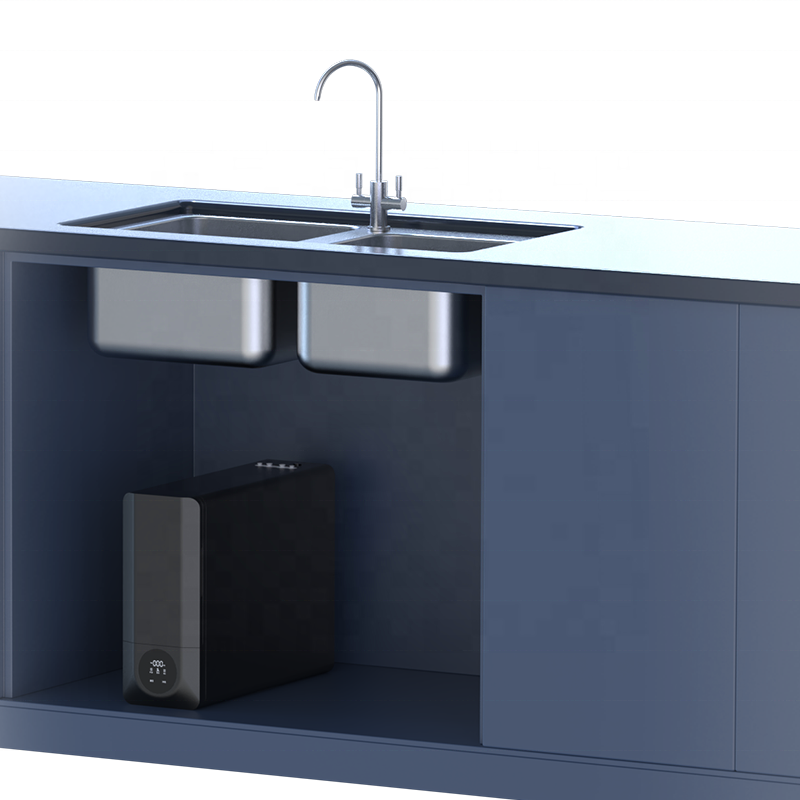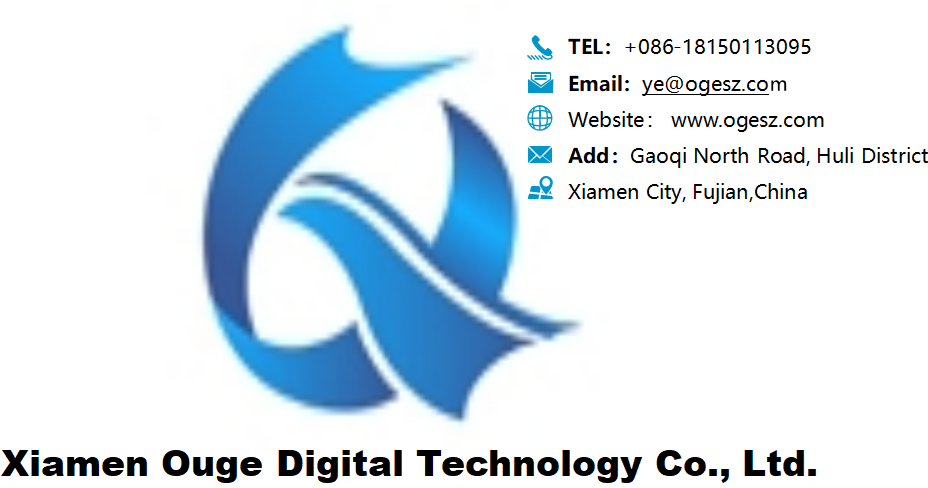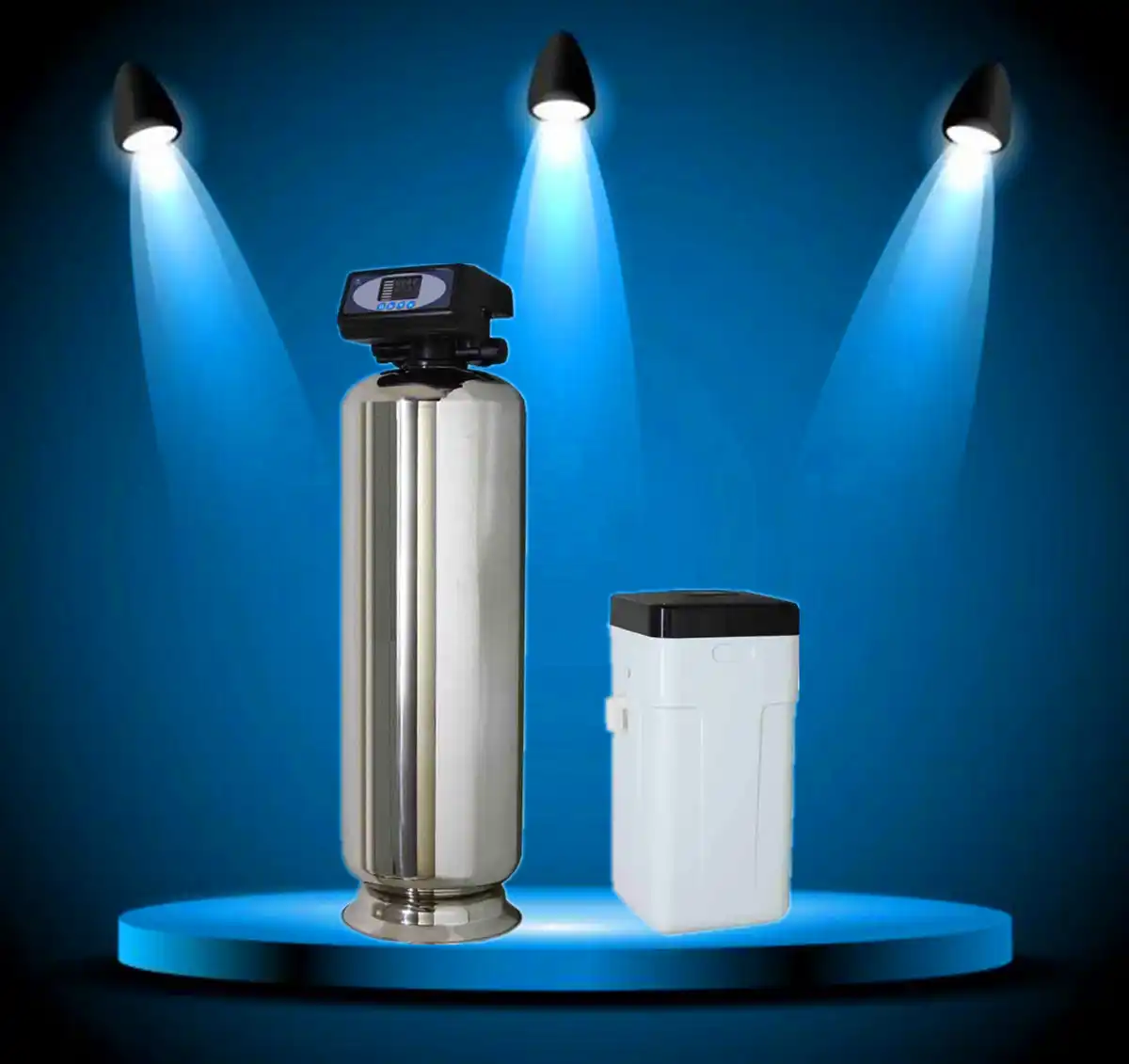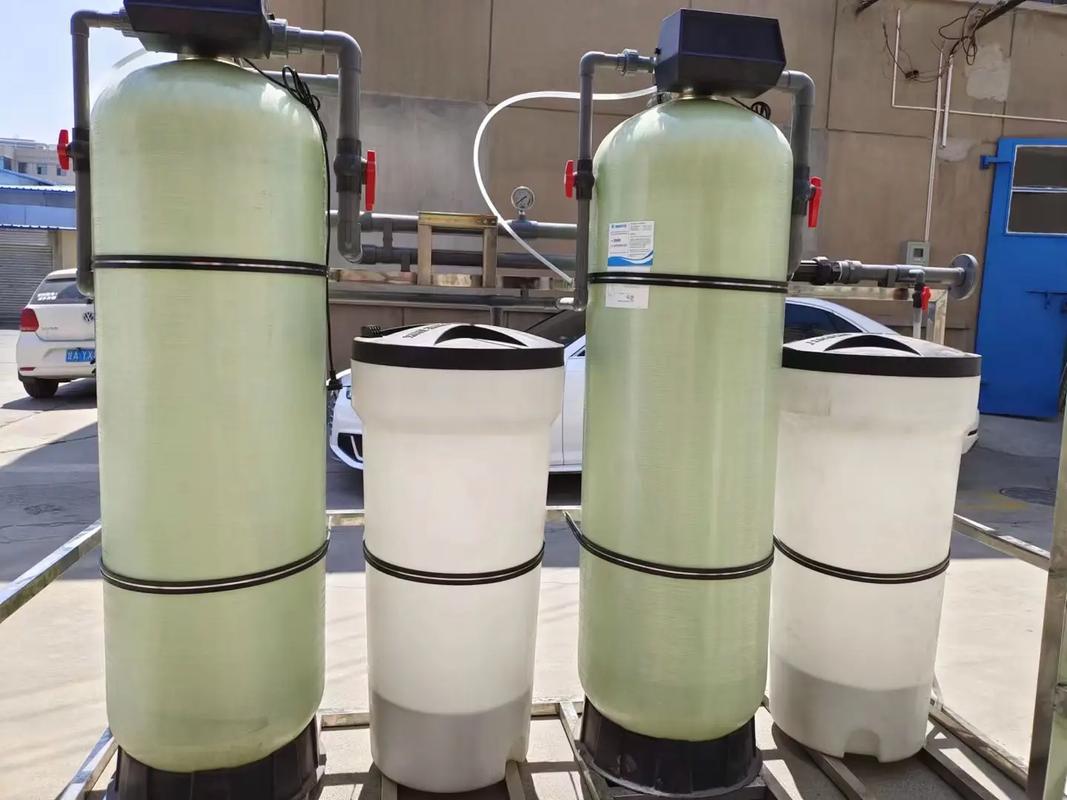We all drink a lot of water every day: the first glass upon waking up, another to quench our thirst after meals, and yet another to hydrate after exercise. At home, some people simply turn on the tap, fill a cup, and drink it down; others, however, are unwilling to compromise their health or that of their family, so they install a water purifier in the kitchen, believing it provides greater peace of mind. Yet, despite many people using water purifiers, some still wonder: Is there really such a significant difference between water filtered by a purifier and tap water? Is it worth spending the money to install one?
Actually, this topic isn't mysterious at all. If you pay a little attention to the details of daily life, you'll notice that every time you boil tap water, there's a thin layer of white ‘scale’ at the bottom of the kettle, and sometimes a faint disinfectant smell. Especially in hot weather, tap water occasionally has a hint of earthy or rusty taste. These small details indicate that while tap water meets national drinking water standards, it still picks up some impurities as it travels through the pipes to your cup.

Such minor issues have led many people to consider whether it’s worth spending a little extra to install a water purifier, ensuring every sip they take is clean and refreshing. To be honest, there are countless types of water purifiers on the market today, including ultra-filtration, reverse osmosis (RO) membrane, and mineral-enriched filter cartridges. They all seem high-tech, but the two main concerns people have are: how much does the purity differ after filtration? And what are the long-term effects on health?
If you compare the two methods side by side, you might not notice much difference with the naked eye, as transparency is largely the same. However, when you pour them into two separate glass cups and examine them under sunlight, you’ll often find that the filtered water appears clearer, with no floating particles or strange odours. When you test it with a strip, you’ll clearly see that the TDS (total dissolved solids) level is significantly lower. Some meticulous individuals even conduct experiments with goldfish—ordinary tap water tends to turn green and cloudy after a few days in an aquarium, while filtered purified water remains clear and clean.
At this point, many friends can’t help but ask, “Are these differences reliable?” The principle is actually quite simple: water treatment plants process natural raw materials from rivers, lakes, and reservoirs through sedimentation, disinfection, and other steps to produce a safe, drinkable basic version of tap water, which is then distributed to households via the city's water supply network. However, during transportation, old pipes or secondary supply facilities may introduce small amounts of rust, sand particles, and residual chlorine, which are precisely the kinds of impurities that are difficult to detect with the naked eye but can have a long-term impact on drinking water quality.
Home water purification systems, such as the popular reverse osmosis (RO) technology, act like a filter, intercepting harmful substances with extremely small diameters (e.g., 0.0001 microns) — including heavy metal ions, bacteria, viruses, and organic pollutants — while allowing only pure H₂O molecules to pass through. After this process, every drop of water you drink is pure and free of any off-flavours. Additionally, many brands now consider the human body's nutritional needs and may retain or add trace mineral components like calcium and magnesium, ensuring you drink water that is both safe and healthy.

Of course, not all regions urgently require the installation of high-end filters. Some northern cities, due to their high surface hardness and deep water sources, contain a higher concentration of calcium and magnesium ions, naturally resulting in a heavier taste and more scaling. In contrast, southern or coastal areas, due to different water sources, tend to have softer, smoother, and fresher water. However, in the event of heavy rains, floods, or sudden water supply disruptions, if local pipelines age and rupture, the accumulated impurities can easily ‘take advantage of the situation.’ At this point, if the kitchen has already been equipped with certified brand-name products, it can indeed help the entire family avoid a significant amount of temporary risks and save a lot of hassle.
Therefore, if you seek better taste and safety assurance, or wish to reduce the frequency of scale buildup at the bottom of the kettle, while also wanting babies and the elderly to enjoy smooth and sweet water, drinking comfortably every day, then the direct-connect reverse osmosis model is definitely worth considering. If your budget is limited, you can prioritise ultrafiltration or activated carbon types, which can also effectively improve the experience of residual chlorine odour and coarse particle impurities. Of course, regardless of the type you choose, remember to replace the filter cartridges on schedule, as the filtration effectiveness will gradually decrease over time!

Ultimately, whether it's the basic model that allows direct drinking from the tap or the upgraded version with precise filtration for a fresh, delicious taste, each has its own advantages and suitable scenarios. If the water supply in your city is stable in quality and you are in good health with a high tolerance for mild residual chlorine or hardness, you can safely boil and cool the water before drinking it. However, if you seek the ultimate taste experience or have special concerns for certain groups (such as pregnant women, infants, or the elderly), investing in a reliable filtration system is a thoughtful addition that not only protects your digestive health but also adds a touch of ritualistic beauty to your daily life.
【Friendly Reminder】: When purchasing, make sure to buy from official channels, verify product parameters through national certification test reports, and avoid choosing counterfeit products for the sake of saving money. Additionally, regularly inspect and maintain the machine's condition, and replace consumable parts every three to five months to ensure that every drop you consume truly meets your expectations!
Finally, if you're still unsure about whether to embrace the ‘new world,’ why not buy a portable TDS tester to measure the data changes at home? Combine this with your actual experience for a comprehensive evaluation. As long as you carefully consider your needs, everyone can find the peace of mind and sweetness that suits them best. Say goodbye to doubts and turn daily health supplementation into a delightful little joy to look forward to!

 Reverse Osmosis Technology for Wastewater Treatment: Understanding How RO Systems Operate
Reverse Osmosis Technology for Wastewater Treatment: Understanding How RO Systems Operate
 The “Magic” of Turning Seawater into Freshwater: Unveiling the Core Secrets of Reverse Osmosis Technology
The “Magic” of Turning Seawater into Freshwater: Unveiling the Core Secrets of Reverse Osmosis Technology
 How to Choose Reliable Central Water Filtration and Water Softening Systems? Most People Get It Wrong!
How to Choose Reliable Central Water Filtration and Water Softening Systems? Most People Get It Wrong!
 In rural areas, where groundwater from wells is the primary water source, is it truly necessary to install water purification equipment?
In rural areas, where groundwater from wells is the primary water source, is it truly necessary to install water purification equipment?